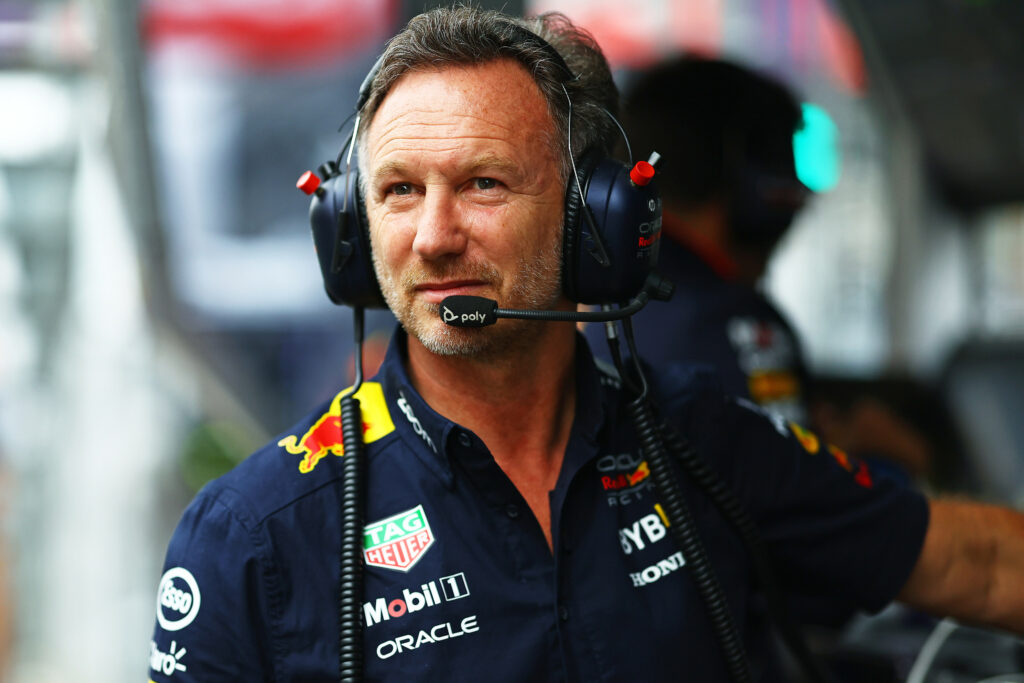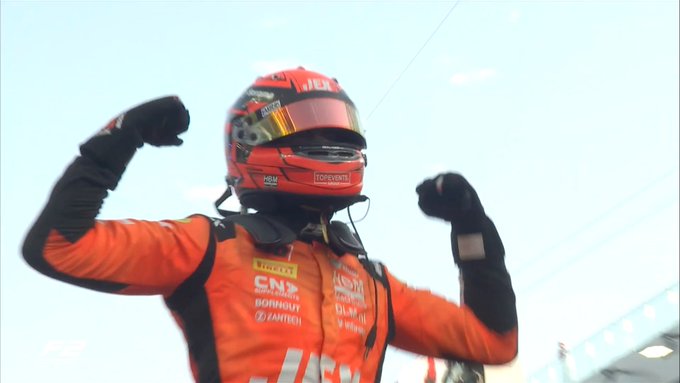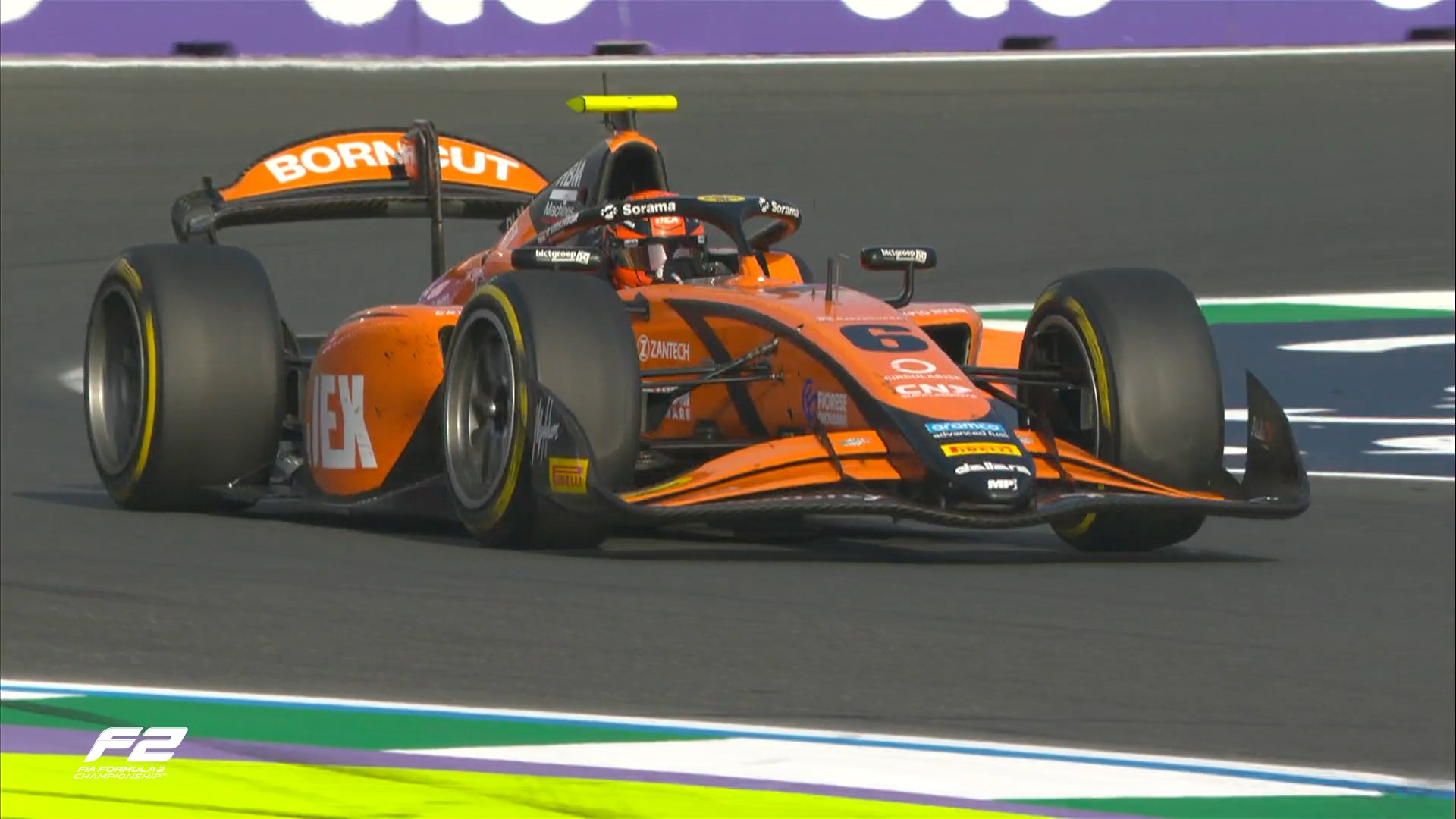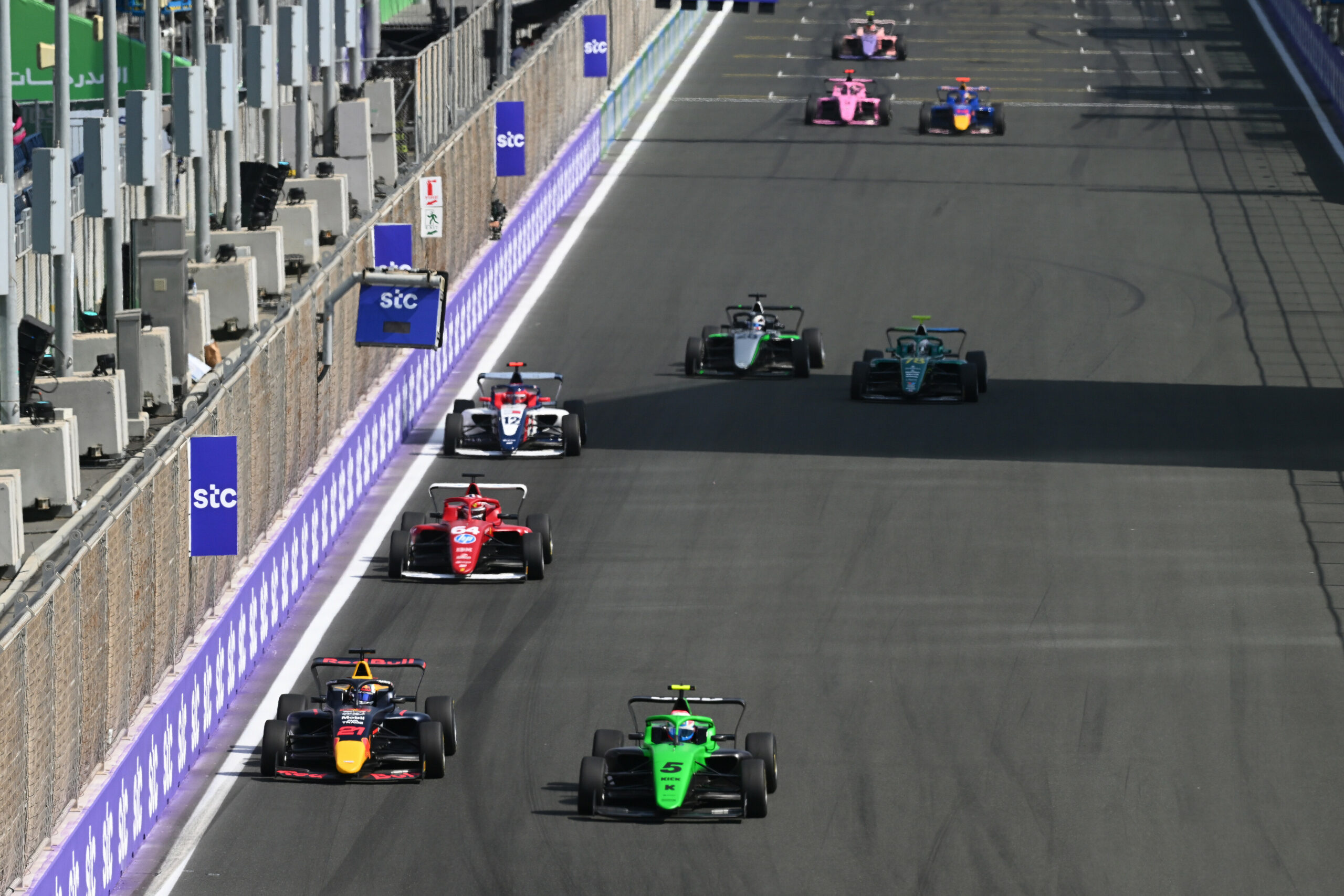Sunday at the F1 Bahrain GP brought more questions than answers for Red Bull Racing, as the reigning drivers’ champions continue to wrestle with underlying issues in the RB21’s performance. Despite some progress, Red Bull still faces a mismatch between development tools and real-world car performance.
Max Verstappen could only finish a distant 6th, with Yuki Tsunoda in 9th.
A frustrating weekend in the desert
Red Bull Team Principal Christian Horner provided insight in his print media session following the Bahrain weekend. Horner admits some RB21 troubles trace back to unresolved issues from 2024.
When asked if 2025 is about managing problems, Horner said the team now better understands them.
“I think the problems are understood. The solutions with what we see in our tools compared to what we’re seeing on track at the moment aren’t correlating,” he said. “That’s what we need to get to the bottom of. Why can’t we see within our tools what we’re seeing on the circuit? When you end up with a disconnect like that, you have to unpick it.”
The disconnect between simulations and reality, especially with the wind tunnel, is central to Red Bull’s current issues. Red Bull, once dominant, now faces the rare challenge of not fully trusting its own data streams. Their current wind tunnel is very, very old.
“The tool isn’t replicating what we’re seeing on the track,” Horner said. “It’s like turning the time on two different watches.”

Déjà vu?
The issue isn’t entirely new. Inconsistencies from last year persist into 2025, despite the RB21 being an evolution of its predecessor.
“It’s similar,” Horner admitted. “The wind tunnel has driven us in a direction that isn’t replicating what we’re seeing on track. Then you end up with a mishmash between what your tools are telling you and what the track data is. As we’re accumulating track data, it’s the track data that’s driving the solutions.”
That, however, introduces a new layer of complexity. Without full trust in simulation tools, Red Bull is essentially flying with blurred instruments, relying more heavily on precious track time to diagnose and iterate — a significant challenge in a sport defined by milliseconds and marginal gains.
“The problem that we have is that we’re at the end of a set of regulations where the gains are very, very marginal,” Horner noted. “We’re seeing some of the shortcomings in our current tunnel that struggles in that area.”
Confidence in a proven team
While the team remains confident in its technical department — one that has delivered some of the most dominant machinery in recent F1 history — there is no denying that the development of the RB21 is now a fight against both hardware limitations and the clock. With a regulatory reset looming for 2026, Red Bull must balance resolving its current trajectory while preparing for a major shift in the sport’s technical landscape.
For now, the Bahrain GP has laid bare that while Red Bull is still a force, the road to retaining supremacy in 2025 will require more than just speed — it will demand precision, trust in the tools, and the ability to out-develop an increasingly competitive field.





